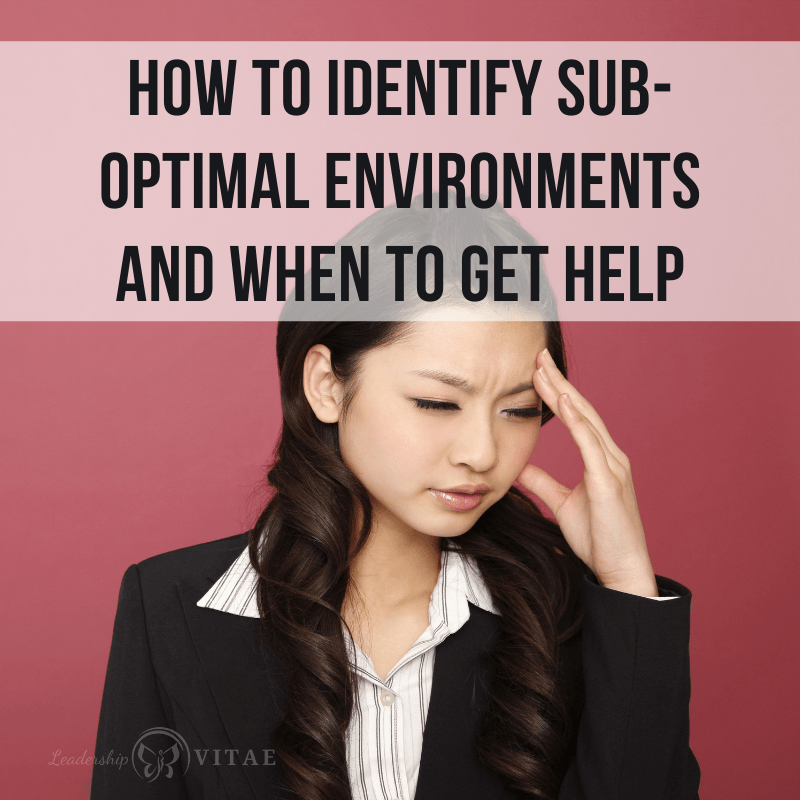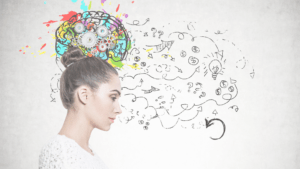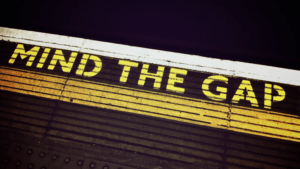
We’ve likely all heard the story of frogs in hot water. That if we keep raising the temperature slowly, they won’t leave the water and will eventually end up boiling.
While we may think it’s stupid of a frog to stay in an environment that has become unhealthy, how often are we the frog?
Small discomforts can be overlooked. We can adjust and get used to them. Yet small things compound and become bigger over time. It’s rarely one thing that does us in or makes an environment unhealthy for us.
Unfortunately, when we’re in it, we might find it difficult to see the patterns. See that the temperature is rising, a little bit at a time. How much we are contorting. By the time we finally do see, we may have allowed the environment to impact our mental and physical health.
We do not have to accept struggle as our due. But how do we recognize the increasing heat around us?
Create some distance
The best way to see what’s happening around and to us is to create distance. Ever heard the expression “can’t see the forest for the trees?” When we are in the forest, we can’t see if it’s vast and wide or the size of a city block.
Stepping back from our conditions allow us to see them more clearly.
A few summers ago, I went camping. One morning, I struggled to see my phone and watch (with very big numbers on it), which I had been able to see just fine before we left. I was slightly panicked and went to the eye doc when I got home.
She said that it’s normal, and not the sudden change I suspected. Instead, my eyes had been getting progressively worse and were straining to see like normal. On vacation, I relaxed and my eyes struggled to function as they had been.
With distance, the struggles became very clear. I needed help to see and didn’t realize it until I stepped away from my every day.
The same is true of our emotional and mental struggles. We can keep making adjustments that may seem fine in the moment. Once we take time away – getting distance from the environment – we can look more objectively at what is going on.
When you know, you know
Distance might mean taking time off. Vacation days…a week…or two. The more entrenched we are, the more time it might take to shake it what we’re carrying.
Time and distance from the environment are meant to give us an opportunity to relax and unwind. To stop any struggles and just be.
If we’re finding ourselves breathing easier, sleeping better, and less stressed while we’re gone, only to tense up at the thought of returning, it might be time for action.
This is how we discover if we’re the frog. We don’t have to feel trapped as things move from a simmer to a boil. Stepping out of the water and seeing it’s too hot to return, we can consider our options and ask for help. We may still have to get back in the pot, but we can return with support and a plan in mind.
Once we know something, we can’t unknow it. We can’t unsee once we’ve seen.
Talk it out
Sometimes, even space won’t give us perspective. We need to talk with a friend, colleague, or mentor/coach outside the environment.
Things that we’ve come to accept as normal might not be. A sounding board can help us recognize our “normal” is, in fact, not okay.
When we find ourselves making excuses or normalizing bad behaviors, our sounding boards can be the mirror we need to see the pattern. Recognize the problem. If we’ve been desensitized or conditioned to accept the unacceptable, we may need someone else to help us see there are other options out there.
Whether it’s to help us see our situation clearly, or talk through options once we do, our support circle can be a lifeline. Challenging environments and situations can feel isolating. We are never the only ones who have gone through what we’re experiencing. Our circle can help us remember we are not alone and walk alongside us as we look to move to healthier conditions.
Finding new grass
There are challenges in every environment. The grass isn’t necessarily greener in a new role, company, or industry. However, not every challenge is the same. It’s one thing to struggle with tight timeframes or annoying budget cycles. It’s another to try and manage toxic behaviors.
How often do we find ourselves in a situation that’s a bad fit, not realizing how we are contorting ourselves until we can relax and unwind? Or until we talk with someone else that helps us see our “normal” isn’t?
The earlier we suspect we’re adjusting in ways that are unhealthy, the sooner we can create some distance to see it clearly. To identify boundaries that may be needed, support we can count on, or next steps to move us to something that is a better environment for us.
How have you recognized an unhealthy environment? What steps did you take to gain perspective and plan out next steps? Please share your thoughts in the comments to help others that may find themselves in a poor fit.








